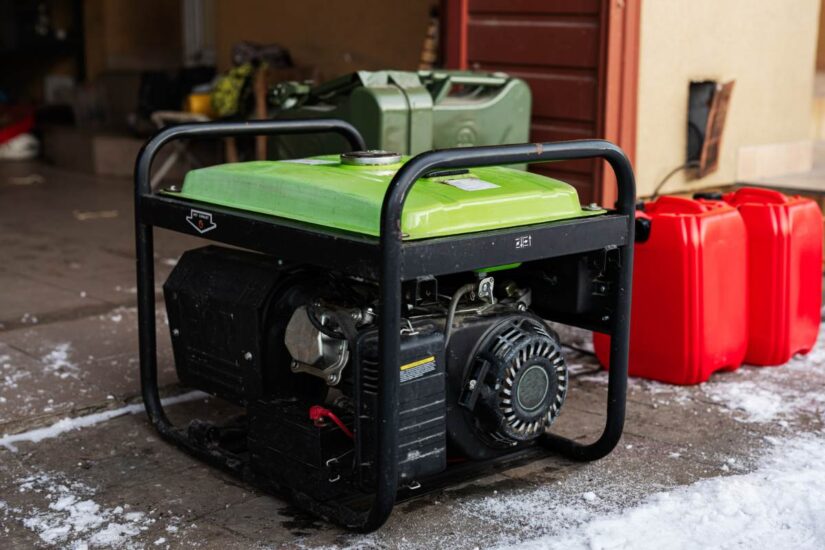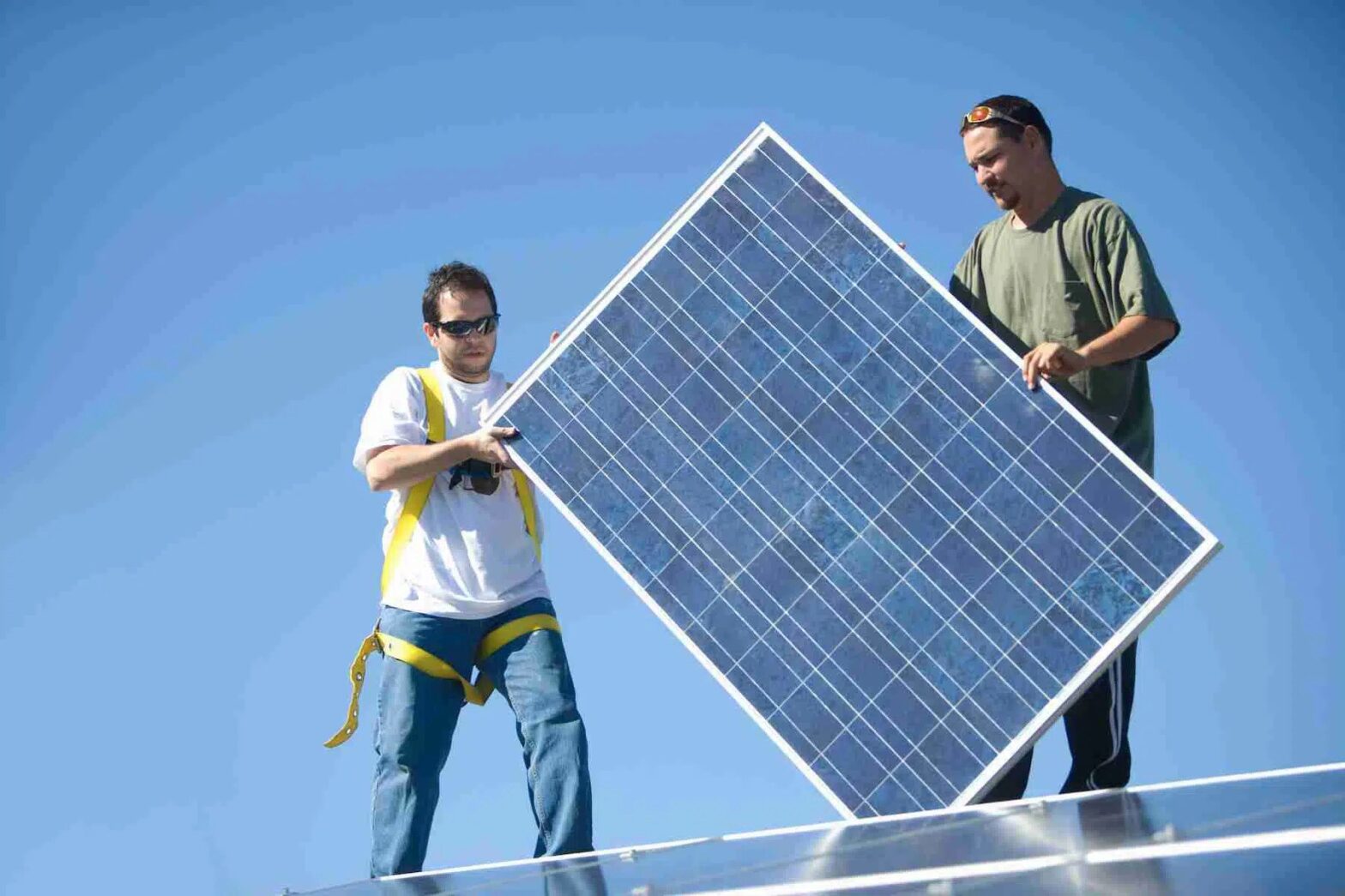How It Works
Sun Power Solutions aim to make solar energy easily accessible. With a few easy steps, we can find out your energy needs and provide you with the solar energy system that is right for your home.
Step 1 – Consultation
What you need to do first is to talk to one of our specialists to know if solar energy is right for your home. We’ll discuss the things you expect in a solar energy system, assess your home by using satellite imagery and determine the ideal choices. You can call us, answer our contact form, …






